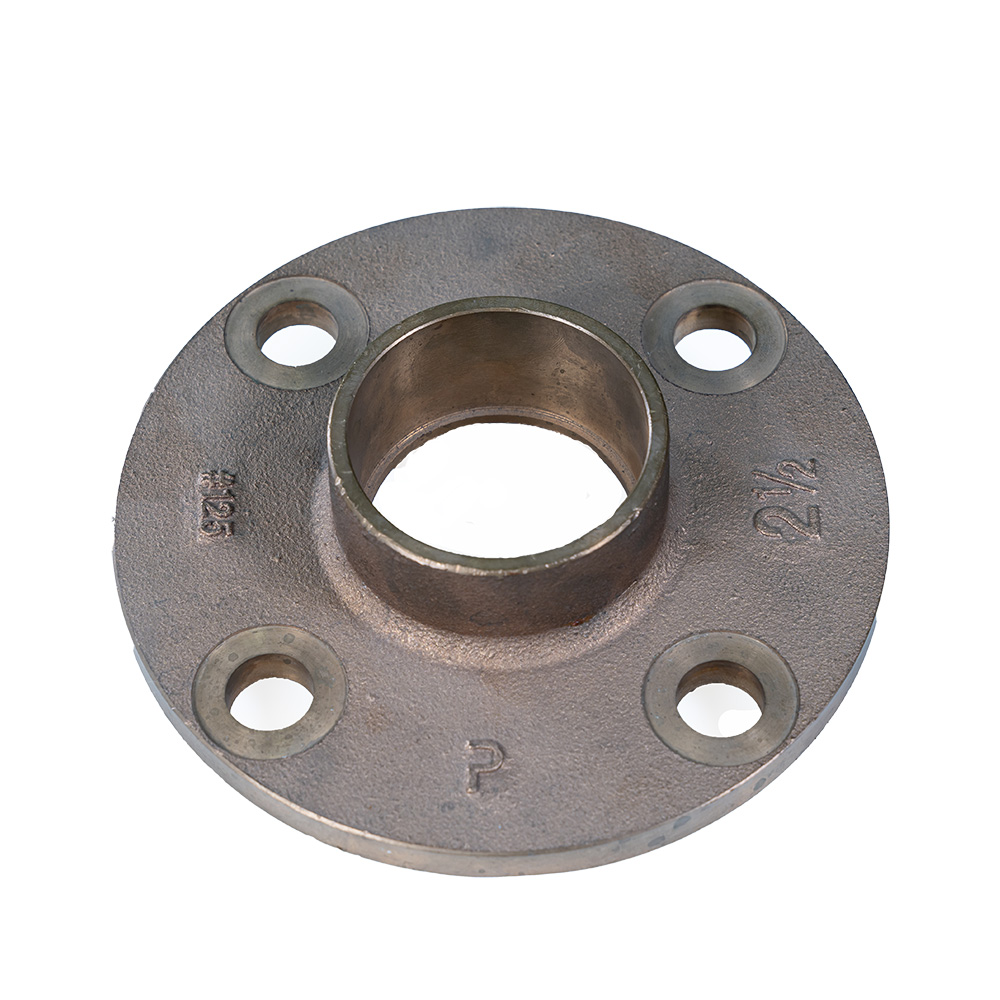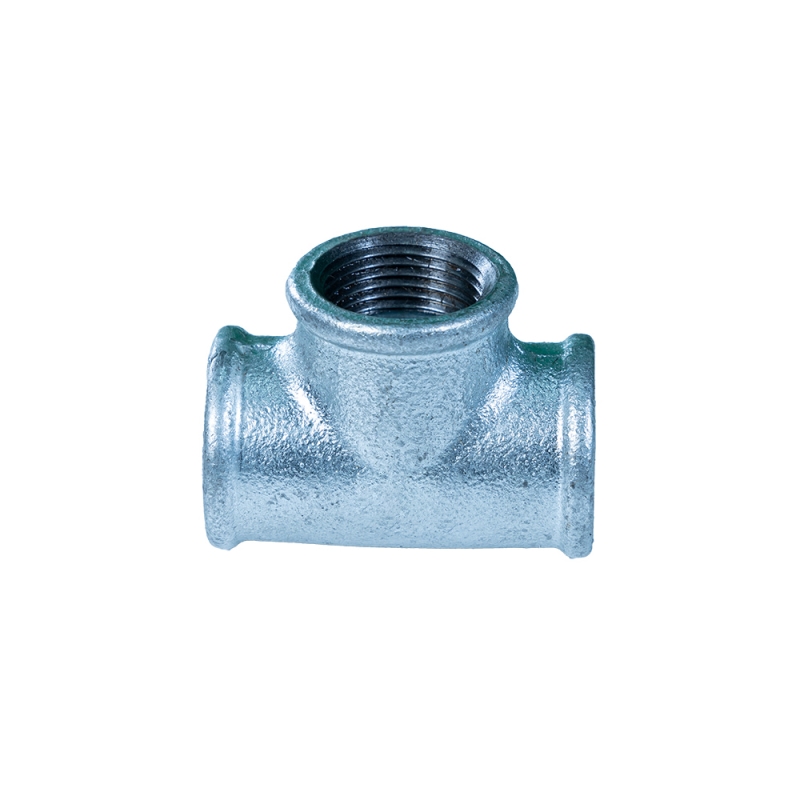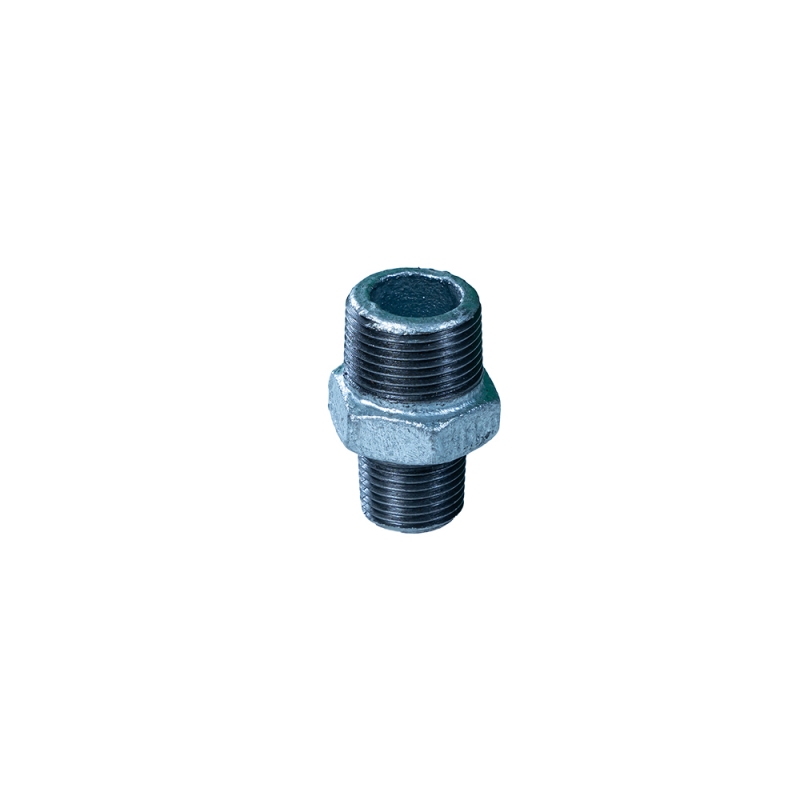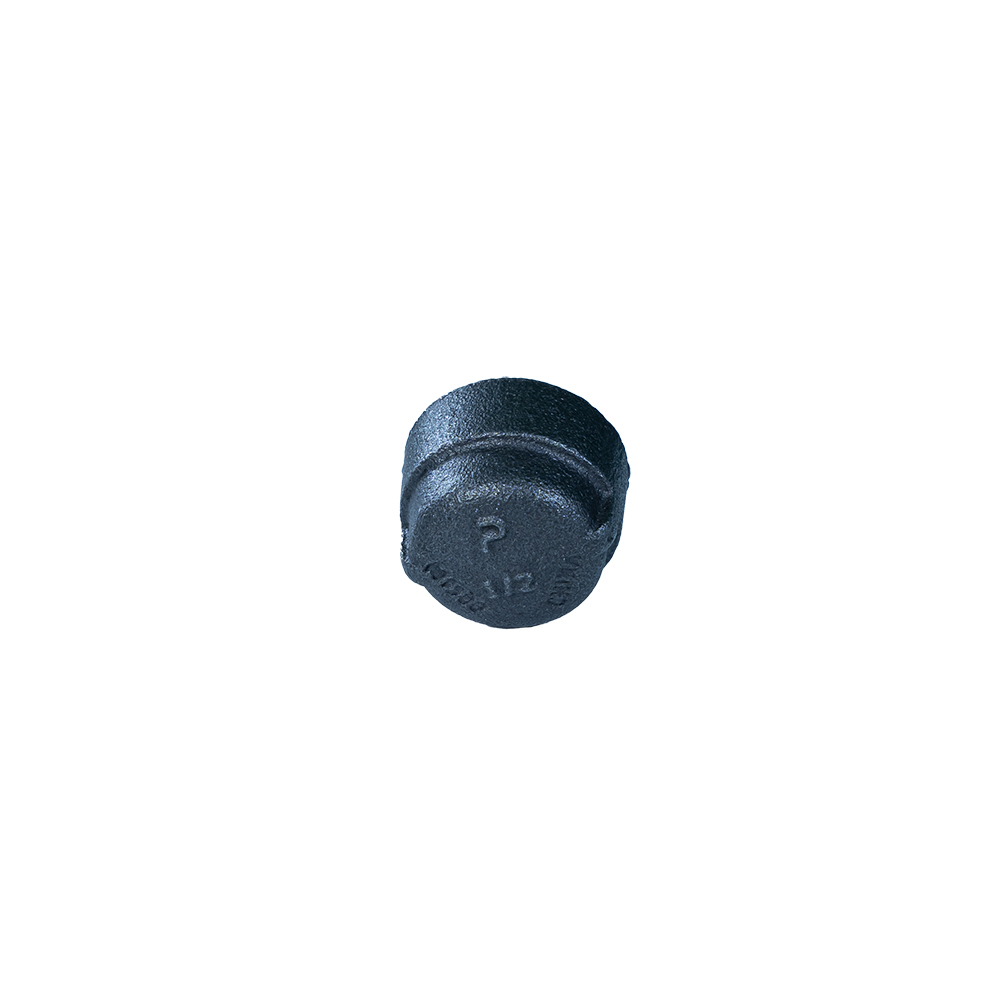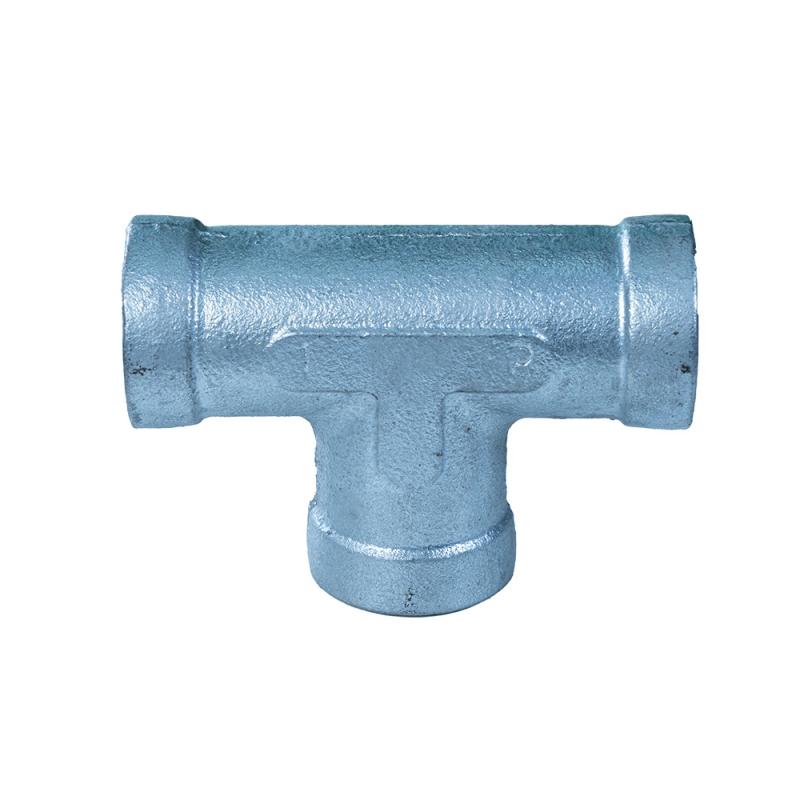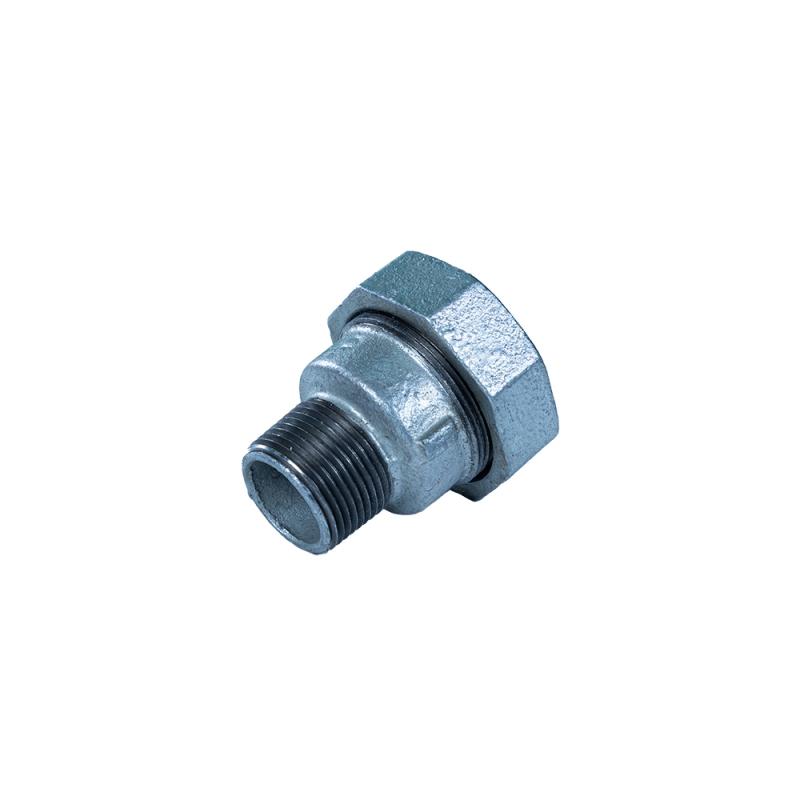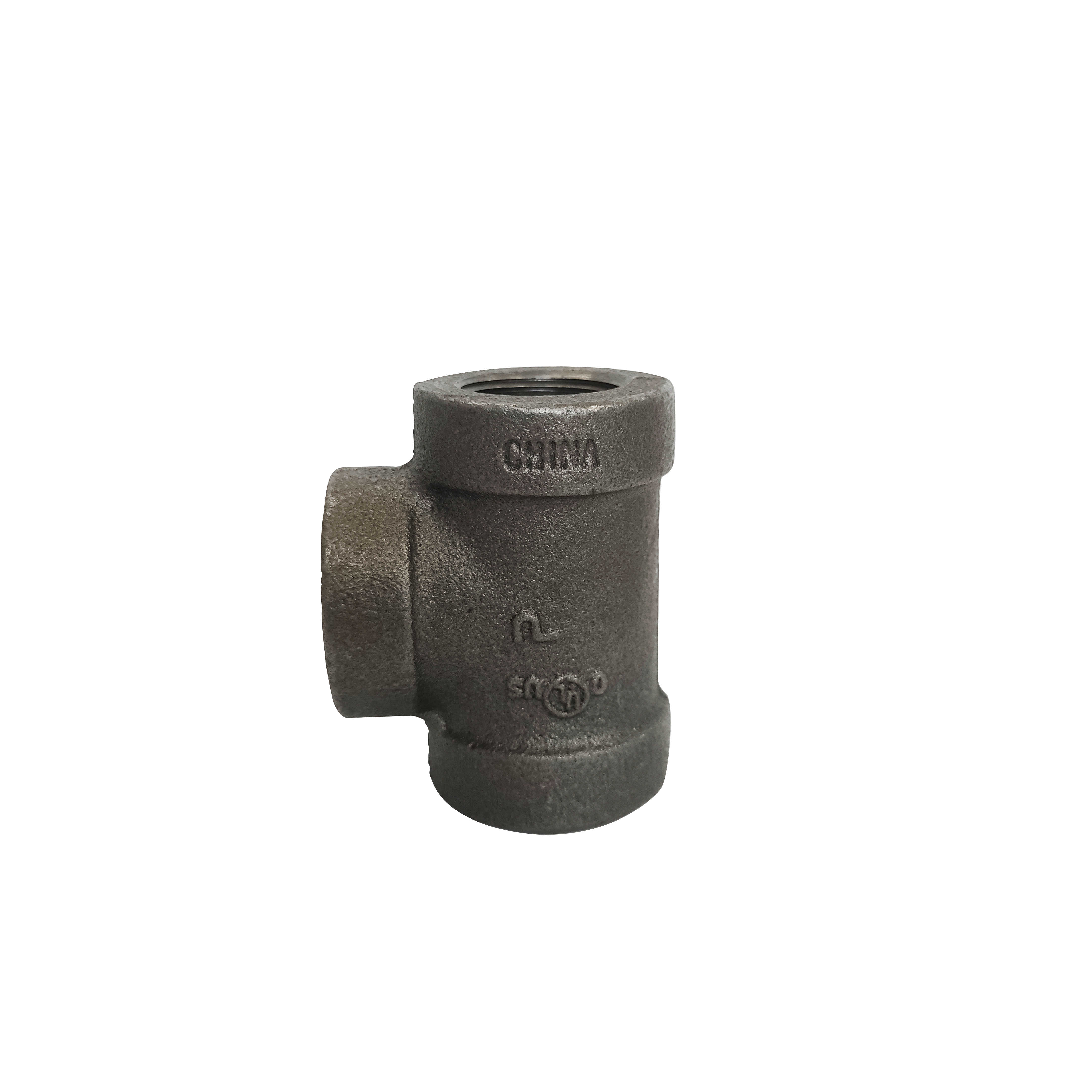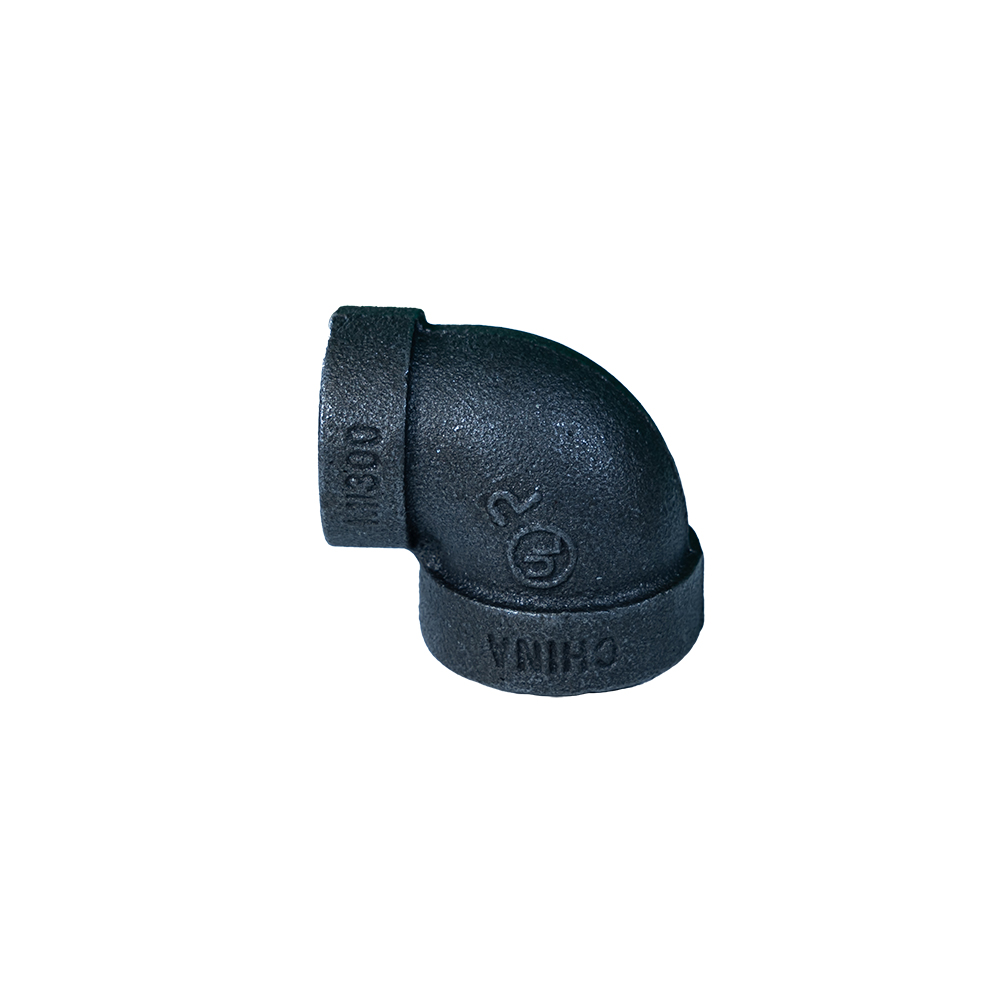Coated pipe fittings are essential components in modern plumbing, industrial, and municipal piping systems where environmental conditions demand superior corrosion resistance and durability. These fittings—used to connect, control, or redirect flow within a pipeline—feature an added coating layer that shields the metal body from exposure to moisture, chemicals, and extreme temperatures. Whether for water treatment plants, underground utility lines, or oil and gas pipelines, coated pipe fittings are designed to last longer and perform better in harsh environments.
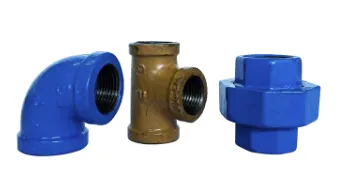
The coatings used on these fittings include epoxy, fusion-bonded epoxy (FBE), polyurethane, polyethylene, and zinc-based galvanization. Each serves a unique purpose. For instance, FBE is highly resistant to chemicals and abrasion, making it ideal for gas and oil pipelines. Meanwhile, hot-dip galvanizing adds a protective zinc layer that effectively combats rust in outdoor or high-humidity conditions.
The benefits of coated pipe fittings go beyond protection. These fittings reduce maintenance frequency, lower the risk of leaks, and preserve the integrity of the system. In potable water systems, non-toxic coatings ensure water quality remains uncompromised. In industrial applications, coatings resist internal scaling, which helps maintain consistent flow rates and pressure. Simply put, when system reliability and longevity are a top priority, coated pipe fittings are the smart choice.
Types of Coated Pipe Fittings for Industrial and Utility Use
There are several types of coated pipe fittings, each selected based on system pressure, fluid type, temperature, and exposure level. Common types include elbows, tees, reducers, flanges, unions, and couplings—all of which can be custom-coated based on project requirements. These fittings are typically made of carbon steel, ductile iron, or stainless steel and are then treated with a protective layer.
One of the most common types is the epoxy-coated pipe fitting, often used in municipal water and wastewater systems. Epoxy coatings are applied in powder or liquid form and then heat-cured to bond tightly with the surface, creating a strong barrier against corrosion and chemical attack. Another popular option is galvanized coated pipe fittings, which are coated with zinc through a hot-dip process, providing excellent corrosion protection in outdoor and underground applications.
For chemical processing or aggressive fluid systems, polyethylene or polyurethane-coated pipe fittings are preferred. These coatings offer high resistance to solvents, acids, and UV exposure. Some fittings also use bituminous coatings, especially for underground installations, to prevent moisture and soil corrosion. With each type offering distinct benefits, selecting the right coated pipe fittings ensures long-term operational efficiency and cost savings.
Advantages of Using Coated Pipe Fittings in Harsh Environments
The use of coated pipe fittings in pipelines exposed to harsh environments—such as coastal regions, industrial plants, and underground installations—can significantly extend system life and reliability. Without a coating, metal pipe fittings are vulnerable to corrosion, erosion, and chemical attack, which can lead to leakage, pressure drops, contamination, and costly downtime.
One of the key advantages of coated pipe fittings is their ability to resist corrosion from both internal and external factors. For example, in a sewage system, wastewater carries aggressive compounds that can rapidly degrade uncoated fittings. Coated options, however, provide a protective barrier that prevents direct contact with these fluids. In above-ground settings, the same protection defends against rain, salt air, and industrial pollutants.
Additionally, coated surfaces help reduce internal scale and rust buildup, which can affect flow efficiency. The smoother, cleaner interior of a coated pipe fitting ensures minimal friction loss and stable pressure throughout the system. In fire protection systems, where performance is critical, coatings also ensure fittings won’t seize or fail after long periods of inactivity.
Coated fittings also reduce the total cost of ownership. Though slightly more expensive upfront than uncoated fittings, they reduce repair, replacement, and labor costs over time. Their longer service life makes them the more sustainable and cost-effective choice for demanding applications.
Application of Coated Pipe Fittings Across Different Industries
Coated pipe fittings are utilized across a diverse range of industries, each requiring tailored solutions for specific challenges. In the water and wastewater sector, epoxy and FBE-coated fittings are essential for resisting the corrosive nature of treated and untreated water. These coatings meet potable water safety standards and help prevent contamination, scale buildup, and bacterial growth.
In the oil and gas industry, coated pipe fittings are used in upstream, midstream, and downstream systems. FBE and high-performance thermoplastic coatings resist hydrocarbons, acids, and abrasives, ensuring the fittings maintain integrity under extreme pressure and temperature. Pipelines transporting crude oil, natural gas, or refined products benefit greatly from these protective layers.
HVAC and fire protection systems also use coated fittings—especially in galvanized form—to prevent corrosion in both dry and wet pipe configurations. In marine and offshore installations, coatings are essential due to the high salinity and constant moisture exposure. Specialized coatings like polyurethane or ceramic epoxy are used to provide enhanced resistance.
Even the chemical and food processing industries rely on coated pipe fittings, often selecting FDA-approved or chemically inert coatings to ensure hygiene, safety, and resistance to aggressive fluids. By matching the right coating to the environment, industries can greatly improve system performance and reduce unplanned outages.
Choosing the Right Coated Pipe Fittings for Your System
Selecting the appropriate coated pipe fittings requires a clear understanding of the system’s operating conditions, media type, and environmental factors. Start by identifying the fluid or gas being transported—whether it's potable water, sewage, hydrocarbons, or chemicals. Then, consider factors such as temperature range, pressure ratings, and potential exposure to UV, salt, or aggressive substances.
If you're working on a municipal water system, epoxy-coated pipe fittings are often ideal due to their corrosion resistance and non-toxicity. For gas or petroleum transport, go with fusion-bonded epoxy (FBE) coatings that are chemically resistant and handle high pressures. Underground installations may benefit from bituminous or polyethylene coatings, which resist soil corrosion and moisture intrusion.
It's also important to ensure that coated pipe fittings meet national or international standards like ASTM, AWWA, ISO, or NSF, depending on your region and application. Certified products ensure reliability, safety, and long-term performance. Additionally, sourcing fittings from reputable manufacturers guarantees coating consistency, application quality, and material traceability.
Ultimately, choosing the right coated pipe fittings involves balancing cost, longevity, and system demands. A well-chosen fitting reduces maintenance costs, improves operational uptime, and enhances the overall efficiency of your piping network.
Coated pipe fittings FAQs
What are coated pipe fittings used for?
Coated pipe fittings are used to connect sections of pipe while offering additional protection against corrosion, chemical attack, and mechanical wear. These coatings extend the life of the fitting and are ideal for harsh environments, such as underground pipelines, water treatment facilities, chemical plants, and marine systems. Common applications include water distribution, gas lines, fire protection, and oil transport.
What types of coatings are available for pipe fittings?
The most common types of coatings for pipe fittings include epoxy, fusion-bonded epoxy (FBE), zinc galvanization, polyurethane, polyethylene, and bituminous coatings. Each coating offers different benefits. For example, epoxy and FBE are excellent for corrosion resistance, zinc is ideal for rust prevention, and polyethylene offers high resistance to chemicals and soil corrosion. The best coating depends on your specific use case and environment.
Are coated pipe fittings suitable for potable water systems?
Yes, many coated pipe fittings are safe for potable water applications, especially those coated with non-toxic epoxy or certified FBE. These coatings comply with national and international standards such as NSF/ANSI 61, ensuring they won’t leach harmful substances into the water. They also help prevent scaling and microbial growth, which is essential for maintaining water quality.
How long do coated pipe fittings last?
The lifespan of coated pipe fittings depends on several factors, including the type of coating, environmental conditions, and operational pressure and temperature. In general, well-coated fittings can last 20–50 years or more in properly maintained systems. For example, FBE-coated fittings in natural gas lines can perform reliably for decades, while galvanized fittings in moist environments may need inspection or replacement sooner.
Can coated pipe fittings be used underground?
Absolutely. Coated pipe fittings are ideal for underground installations because they resist moisture, soil acidity, and other corrosive elements. Fittings coated with bituminous paint, polyethylene, or FBE are commonly used for buried pipelines. Always ensure the coating is intact and properly applied before installation to prevent corrosion and ensure long-term system performance.
Post time: Aug-21-2025


